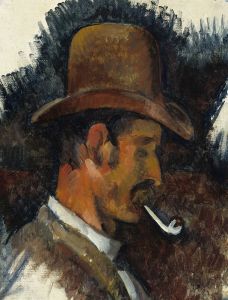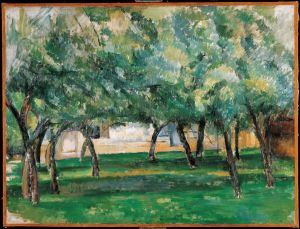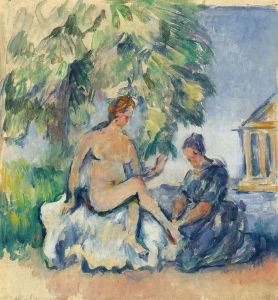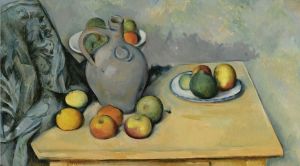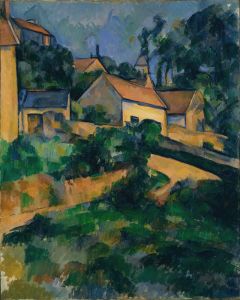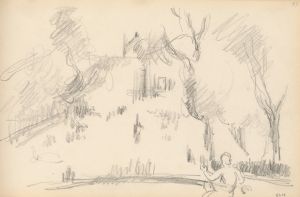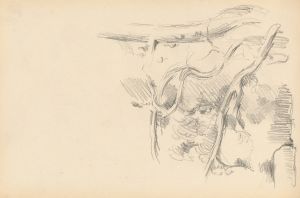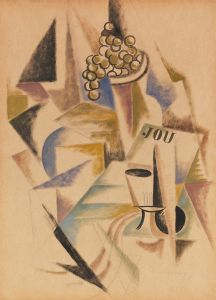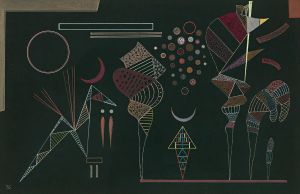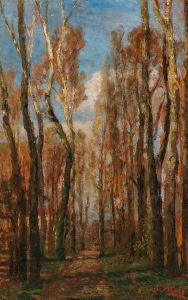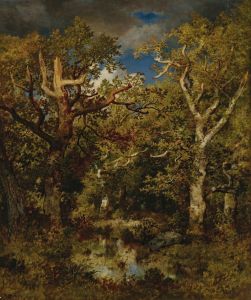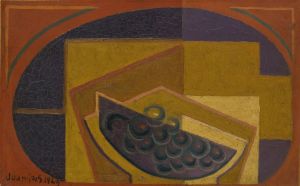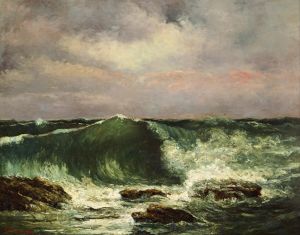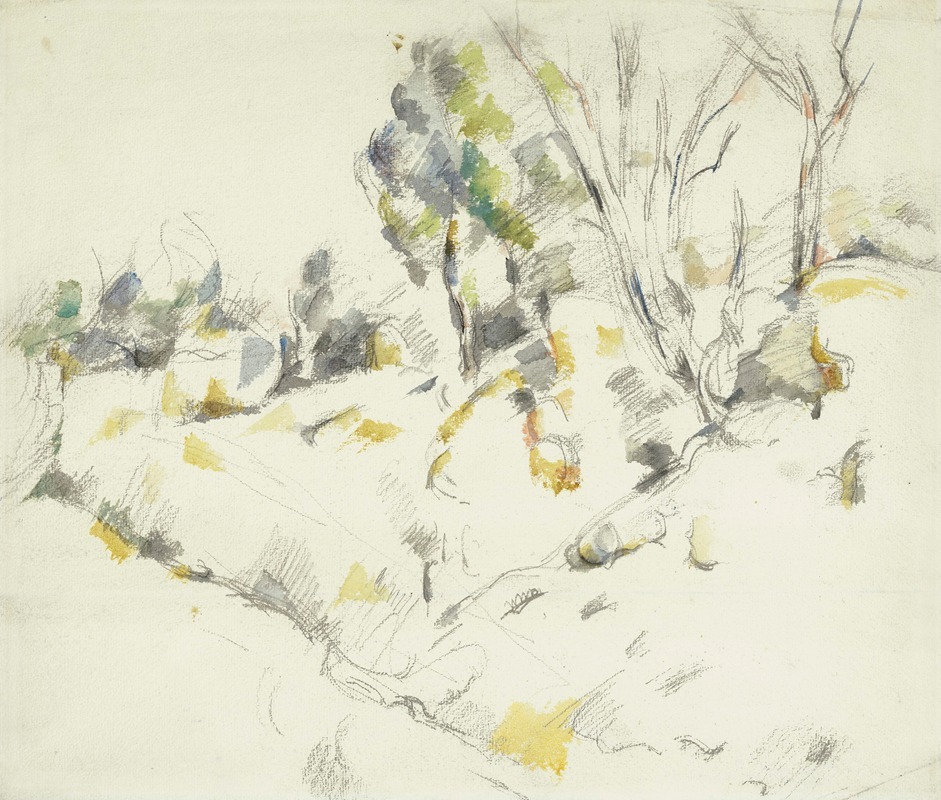
Paysage
A hand-painted replica of Paul Cézanne’s masterpiece Paysage, meticulously crafted by professional artists to capture the true essence of the original. Each piece is created with museum-quality canvas and rare mineral pigments, carefully painted by experienced artists with delicate brushstrokes and rich, layered colors to perfectly recreate the texture of the original artwork. Unlike machine-printed reproductions, this hand-painted version brings the painting to life, infused with the artist’s emotions and skill in every stroke. Whether for personal collection or home decoration, it instantly elevates the artistic atmosphere of any space.
Paul Cézanne's "Paysage" is a notable work by the influential French Post-Impressionist painter, whose innovative approach to form and color significantly contributed to the transition from 19th-century artistic concepts to the radically different world of 20th-century art. Cézanne's landscapes, including "Paysage," are celebrated for their unique treatment of natural scenes, which laid the groundwork for the development of modern art movements such as Cubism and Fauvism.
Cézanne was born in Aix-en-Provence in 1839, and the landscapes of this region profoundly influenced his work. Throughout his career, he sought to capture the essence of the natural world through a meticulous exploration of shapes, colors, and spatial relationships. His approach to painting was characterized by a departure from the traditional perspective, instead opting for a more abstract and structured representation of nature.
"Paysage," like many of Cézanne's landscapes, exemplifies his method of building form with color and his interest in the underlying geometry of the natural world. Cézanne often painted outdoors, directly observing his surroundings, which allowed him to experiment with the effects of light and atmosphere on the landscape. His technique involved the use of small brushstrokes and a palette knife to apply layers of color, creating a sense of depth and solidity.
In "Paysage," Cézanne's use of color is particularly noteworthy. He employed a limited palette, using shades of green, blue, and earth tones to convey the mood and structure of the landscape. This restrained use of color, combined with his distinctive brushwork, gives the painting a harmonious and balanced composition. Cézanne's landscapes are often devoid of human figures, focusing instead on the timeless and enduring qualities of nature.
Cézanne's influence on the art world cannot be overstated. His exploration of form and color challenged the conventions of his time and inspired a new generation of artists. Notably, Pablo Picasso and Georges Braque drew inspiration from Cézanne's work, leading to the development of Cubism. Cézanne's emphasis on the structural aspects of nature and his innovative use of color also resonated with the Fauvist painters, who embraced bold colors and expressive forms.
"Paysage" is a testament to Cézanne's enduring legacy as a pioneer of modern art. His ability to capture the essence of the natural world through a unique blend of abstraction and realism continues to captivate audiences and influence artists today. Cézanne's landscapes, with their emphasis on the interplay of color and form, remain a vital part of his artistic oeuvre and a significant contribution to the history of art.
While specific details about the creation and provenance of "Paysage" may not be extensively documented, the painting remains an important example of Cézanne's innovative approach to landscape painting. His work, including "Paysage," is celebrated for its ability to transcend the limitations of traditional representation, offering a new way of seeing and interpreting the world.





